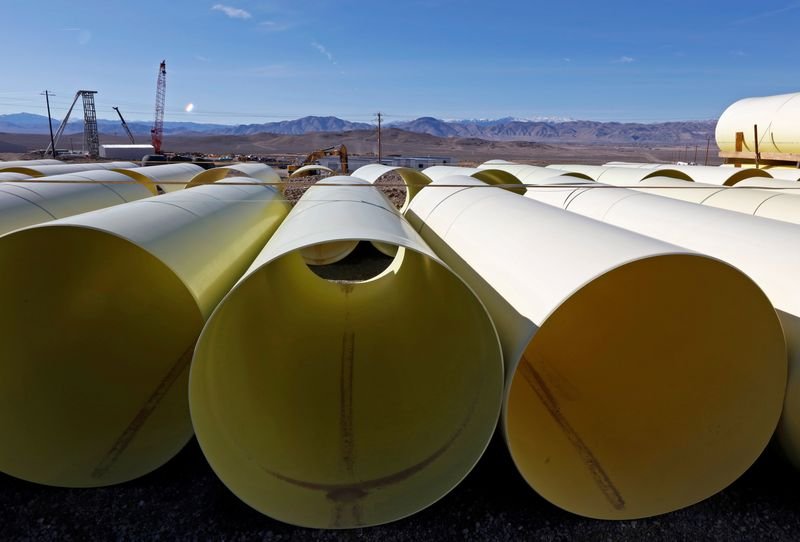The Impact of U.S. Plans to Regulate Copper Scrap Exports
In recent discussions, the U.S. government is considering measures to impose restrictions on copper scrap exports. These proposals are designed to address several pressing issues related to the domestic processing of copper and the global recycling market.
Understanding the Copper Scrap Market
Copper is a highly sought-after metal due to its remarkable conductivity and versatility, making it vital for various industries, including electronics, construction, and renewable energy. The recycling of copper scrap has gained prominence as it contributes to sustainability and reduces the environmental impact associated with mining new copper. The U.S. is one of the leading exporters of copper scrap, primarily sending it to countries such as China, where it undergoes processing.
The Rationale Behind the Proposed Restrictions
The U.S. administration’s push for limiting copper scrap exports stems from multiple objectives. First and foremost, this initiative aims to bolster domestic recycling efforts. By reducing the amount of copper scrap sent abroad, the government hopes to encourage local industries to enhance their recycling capabilities. This could lead to higher job creation in the recycling sector and stimulate economic growth.
Additionally, implementing restrictions can ensure that the quality of copper recycling meets stringent environmental standards. This is crucial as improper handling and processing of copper scrap can pose environmental risks. By focusing on domestic processing, the U.S. can regulate these practices more effectively and minimize ecological harm.
Implications for the Domestic Industry
Restricting copper scrap exports may have significant implications for the domestic economy and industry. One immediate effect could be an increase in the availability of copper scrap for local recycling facilities. With more scrap remaining within U.S. borders, these facilities may be able to operate at higher capacities, potentially leading to greater production of recycled copper.
Furthermore, this move could stimulate innovation within the domestic recycling industry. Companies may invest in advanced technologies and processes to improve efficiency and output quality. This transformation not only enhances productivity but also positions the U.S. as a more competitive player in the global recycling market.
Potential Challenges Ahead
While the intention behind restricting copper scrap exports is commendable, potential challenges could arise from such regulations. One significant concern is the risk of reduced revenue for scrap dealers and exporters. Many businesses rely on exports as a primary income source; limiting these markets may necessitate adjustments in their operations.
Another challenge is the response from other nations, particularly those currently importing U.S. copper scrap. Countries may seek alternative sources to meet their copper recycling needs, which could disrupt existing trade relationships. It will be vital for U.S. policymakers to navigate these challenges effectively to avoid unintended consequences in international markets.
Environmental Considerations
The environmental impact of copper recycling cannot be overlooked. Recycling copper is generally less detrimental to the environment compared to mining and processing virgin copper. It consumes less energy and reduces greenhouse gas emissions. By incentivizing domestic recycling, the U.S. government is taking steps toward a more sustainable model that prioritizes environmental responsibility.
However, the effectiveness of this approach will largely depend on the capabilities of domestic facilities. If local processors are not equipped to handle increased volumes of copper scrap, then the projected benefits may not fully materialize. Thus, significant investments may be needed to upgrade existing infrastructure and technology within the recycling sector.
Looking Ahead
As the U.S. government deliberates on these export restrictions, the focus will be on balancing economic growth with environmental sustainability. The move towards regulating copper scrap exports signals an intent to build a more resilient domestic recycling industry. The implications of this initiative will likely extend beyond economic factors, influencing environmental policies and international trade relations.
In conclusion, the potential restrictions on copper scrap exports reflect a broader strategy to promote domestic recycling and enhance environmental protections. While there are challenges ahead, the transition towards a more sustainable approach to copper recycling holds promise for the U.S. economy and the environment alike. Understanding the nuances of this proposal will be crucial as stakeholders navigate the evolving landscape of copper recycling and international trade.
